Tour a Breathtaking Ottoman Mansion Overlooking the Bosporus
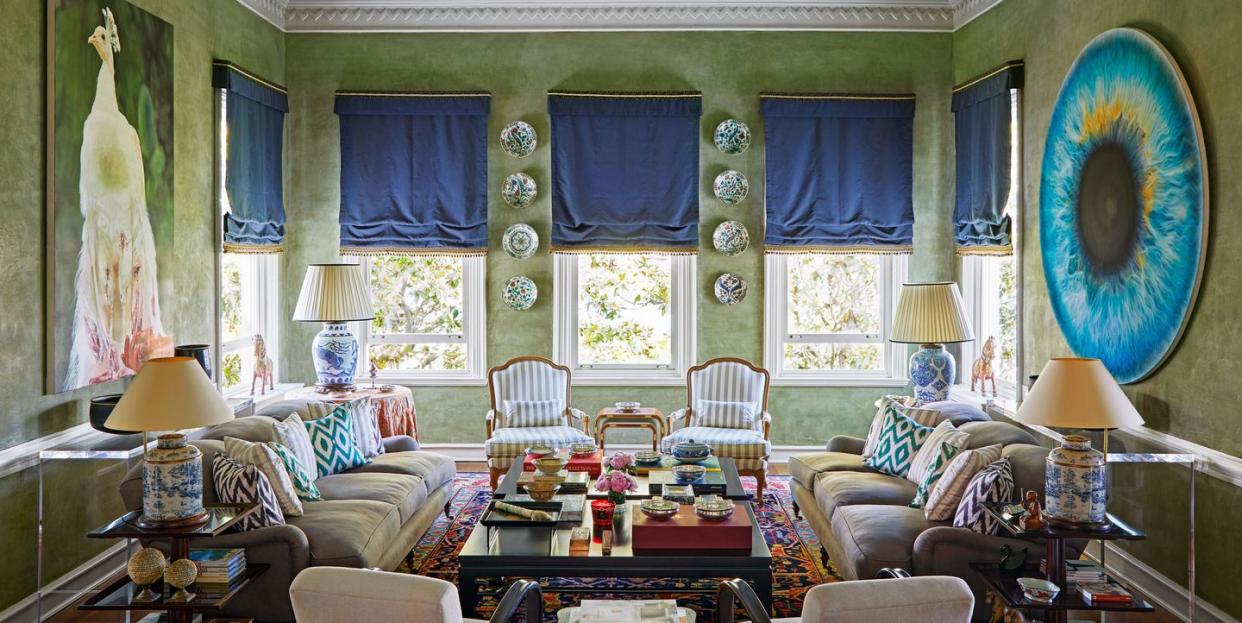
"Hearst Magazines and Yahoo may earn commission or revenue on some items through the links below."
In the grand old city of Istanbul, there is a lot that’s newly built and stridently flashy. In the last decade or so entire swaths of steep, winding streets have been dug up and replaced with futuristic shopping malls and often peculiarly shaped high-rises that light up at night in attention-grabbing ways. This is the latest incarnation of a metropolis of 15 million, a bit blustery and inelegant, eager to show off, maybe take a selfie.
But all of that urban jumble seems very far away when you’re looking over the deep blue Bosporus from the 222-year-old home of Caroline N. Koç, a member of one of the wealthiest and most private families in Turkey. Discreetly overlooking the water and invisible from the public road below, the house is on a terraced hillside on the strait’s Asian side, which has been a place for country-in-the-city for generations of Turkish grandees, ever since the days of the Ottoman Empire.
“It looks like a separate little town,” Caroline says of the posh area, called Kanlıca, the way people in East Hampton describe their manicured Mayberry, when I meet her on the pool deck that she and her late husband added to take advantage of the view.
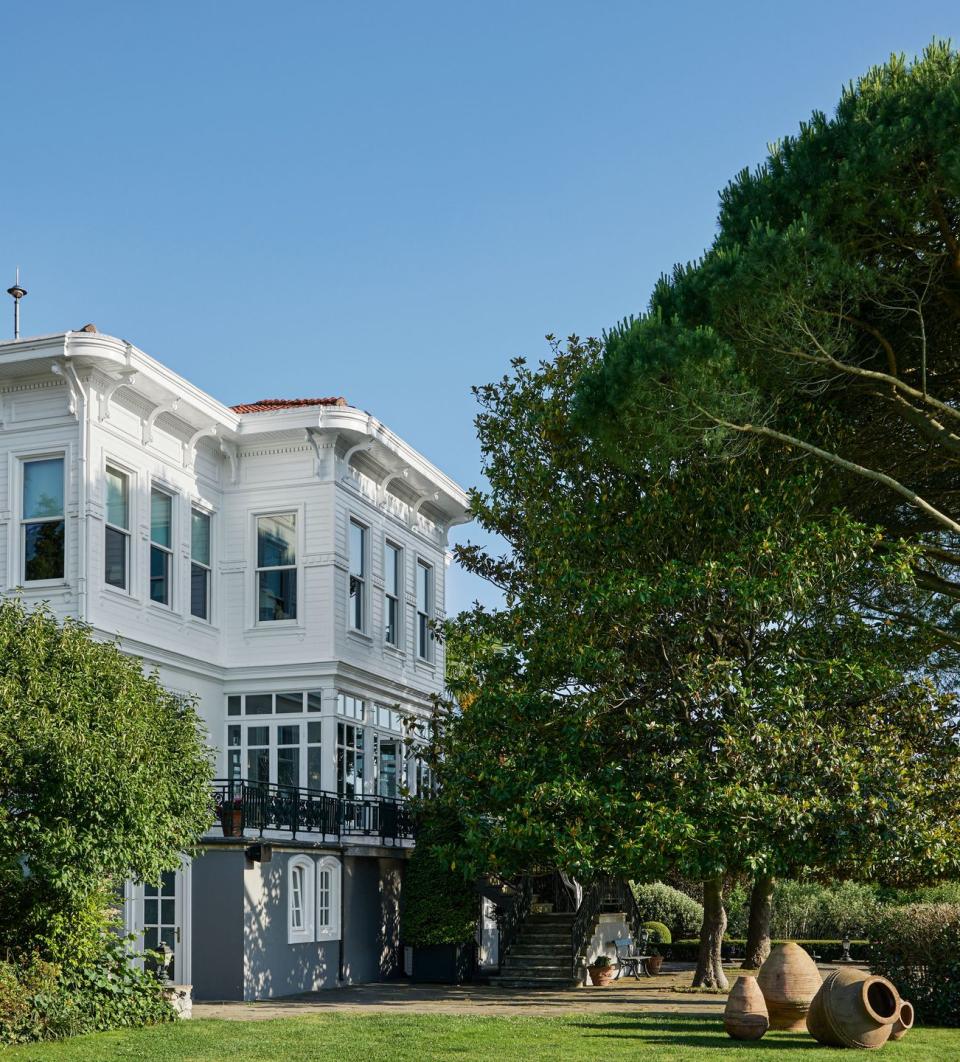
Guarded by life-size reproductions of Chinese terra-cotta soldiers, the pool gazes out “to an area called Baltalimanı, where the Treaty of Balta Liman was signed between Great Britain and the Ottoman Empire,” she says. The house itself, which she has owned for two decades, was built for a high-ranking military officer clearly favored by the sultan.
The past is always very present in Istanbul. Many pasts, actually. Caroline is the widow of Mustafa V. Koç, who, before he died while exercising six years ago, was the chairman of Koç Holding, a vast industrial conglomerate three generations deep. In American terms the Koçs are a bit like the Vanderbilts or the Rockefellers.
“The equivalent of those families in certain places who seem to own everything,” says the novelist Aatish Taseer, a longtime friend of Omer M. Koç, younger brother of Mustafa and his successor as the head of the business. “The Agnellis in Italy, the Tatas in India.” Mustafa’s grandfather, Vehbi Koç, started out as a grocer and built his company as the Ottoman Empire gave way to the modern Turkish state.
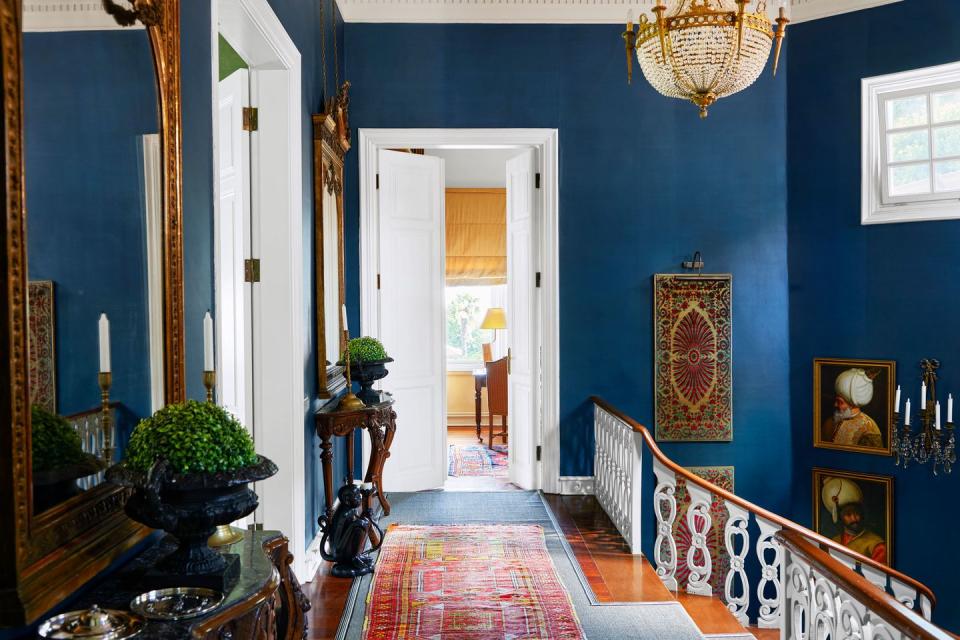
Or, as Andrew Finkel, an expat journalist who covered Turkey for decades, put it when asked to describe just how the Koçs made their money: “For years Turks drove home from holidays in Koç-owned hotels in Koç-made cars to Koç-made homes financed and insured by Koç companies, then would go into Koç kitchens assembled from Koç-owned DIY stores to open tins of Koç-canned tomatoes purchased at Koç supermarkets to cook on Koç-made cookers using Koç-bottled gas.”
On this trip I myself stayed at a Koç-owned hotel, the Divan on Gezi Park, which felt a bit like an embassy (its incredibly professional staff were a bit aflutter when they found out whom I was visiting). Gezi Park was the site of anti-government protests back in 2013, and the Divan offered refuge to the demonstrators who had been tear-gassed by the police, a fact the current Islamic populist administration of Recep Tayyip Erdoğan, I’m told, has since held against the more secular Koçs.
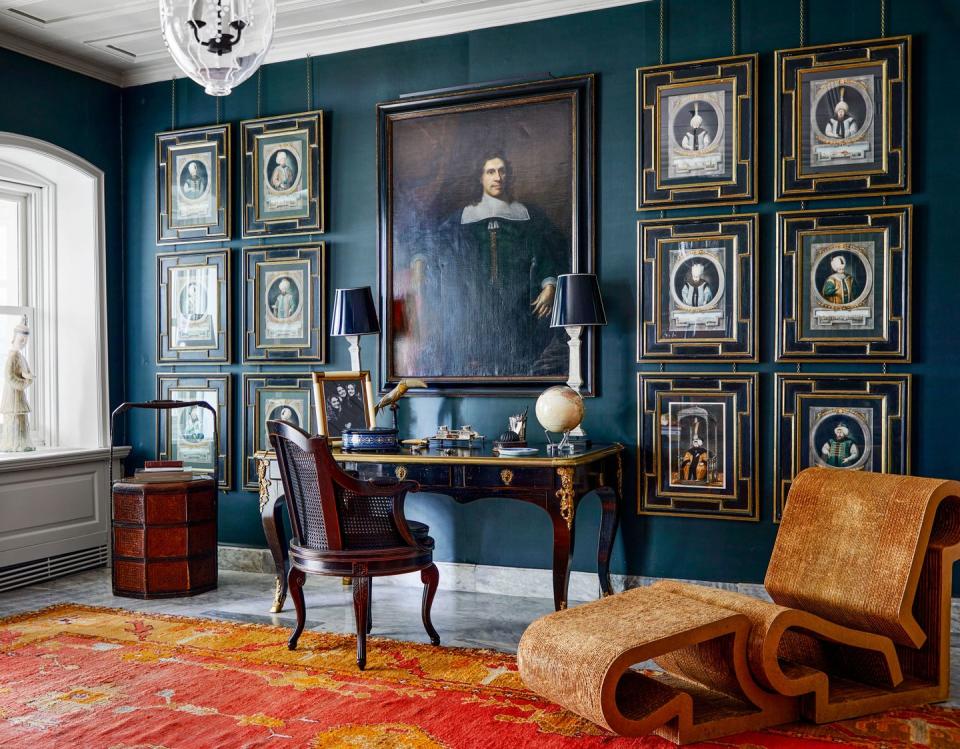
Caroline came into the family in 1992, when she married Mustafa; they have two daughters in their twenties who now both live in America. By aristocratic habit and temperament, she is circumspect. She has no clout she needs to chase. But she is also an entrepreneur, and she wants the world to know more about her brands, which are putting a modern luxury spin on Turkish heritage: Haremlique Istanbul, founded in 2008, which makes linens and housewares, and Selamlique Istanbul, founded in 2009, which sells Turkish coffee and accessories.
Textiles, it turns out, are in her blood. Her own family, the Girauds, were merchants originally from France, prosperous and cultured members of what in Istanbul is still called the Levantine community: Europeans who moved east to do business with the Ottomans. In 1785 Jean Baptiste Giraud moved from Antibes to Izmir, a city on the Aegean coast, where Caroline later grew up. The family traded in dried fruits at first, but then her great-grandfather got into the oriental carpet business, which got them into wool and yarn spinning. Caroline’s father Hervé Giraud kept his office in the factory, which she would visit as a child. After boarding school in Switzerland at St. George’s International School, and Babson College in Massachusetts, where she got a business degree, she met Mustafa in Izmir while he was visiting some friends.
“We were engaged eight months later and married in a year,” she says.
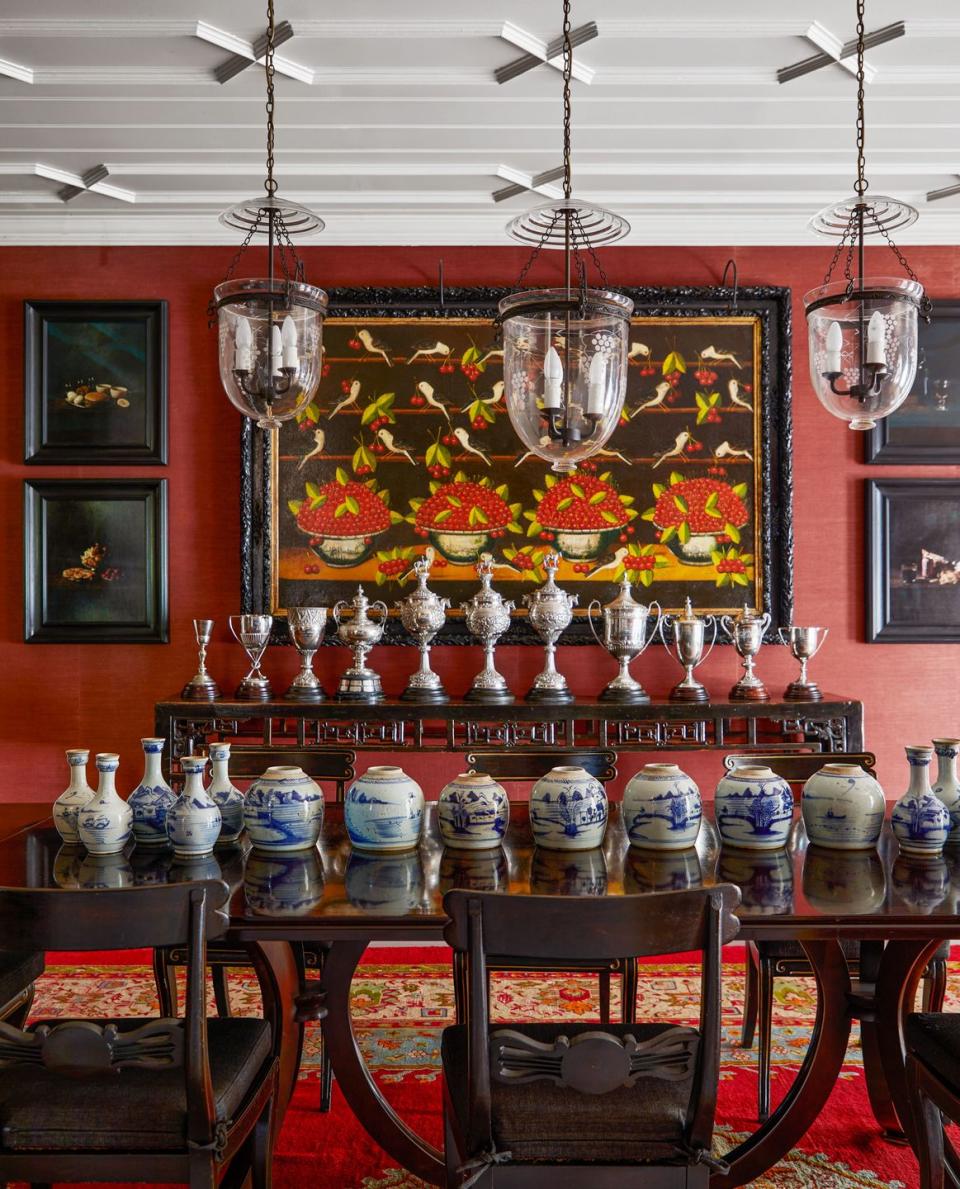
Immediately she went to work for her father-in-law Rahmi at his menswear shop, Edwards of Hisar. “We carried a choice of high-end British brands, such as John Lobb, Turnbull & Asser, Hackett, and many more,” she recalls. We’re about to dine poolside, and she’s relieved that I’m an omnivore, unlike so many Americans, because we are about to be treated to a procession of kebabs from all over Turkey: Urfa (not so spicy), Adana (spicy), and Ali Nazik, which comes from Gaziantep and is served on a bed of eggplant purée mixed with yogurt. As we settle in, drink red wine, and indulge in one or two just-because-we’re-both-drinking cigarettes, she tells me the story of the house.
“Like many built in late Ottoman times, it was made up of several buildings that had different functions,” she says. Its owner, by the time Caroline and Mustafa came along, was a professor of archaeology her family knew from Izmir who was looking for a buyer to take up the crumbling dowager of a property and bring it back to life.
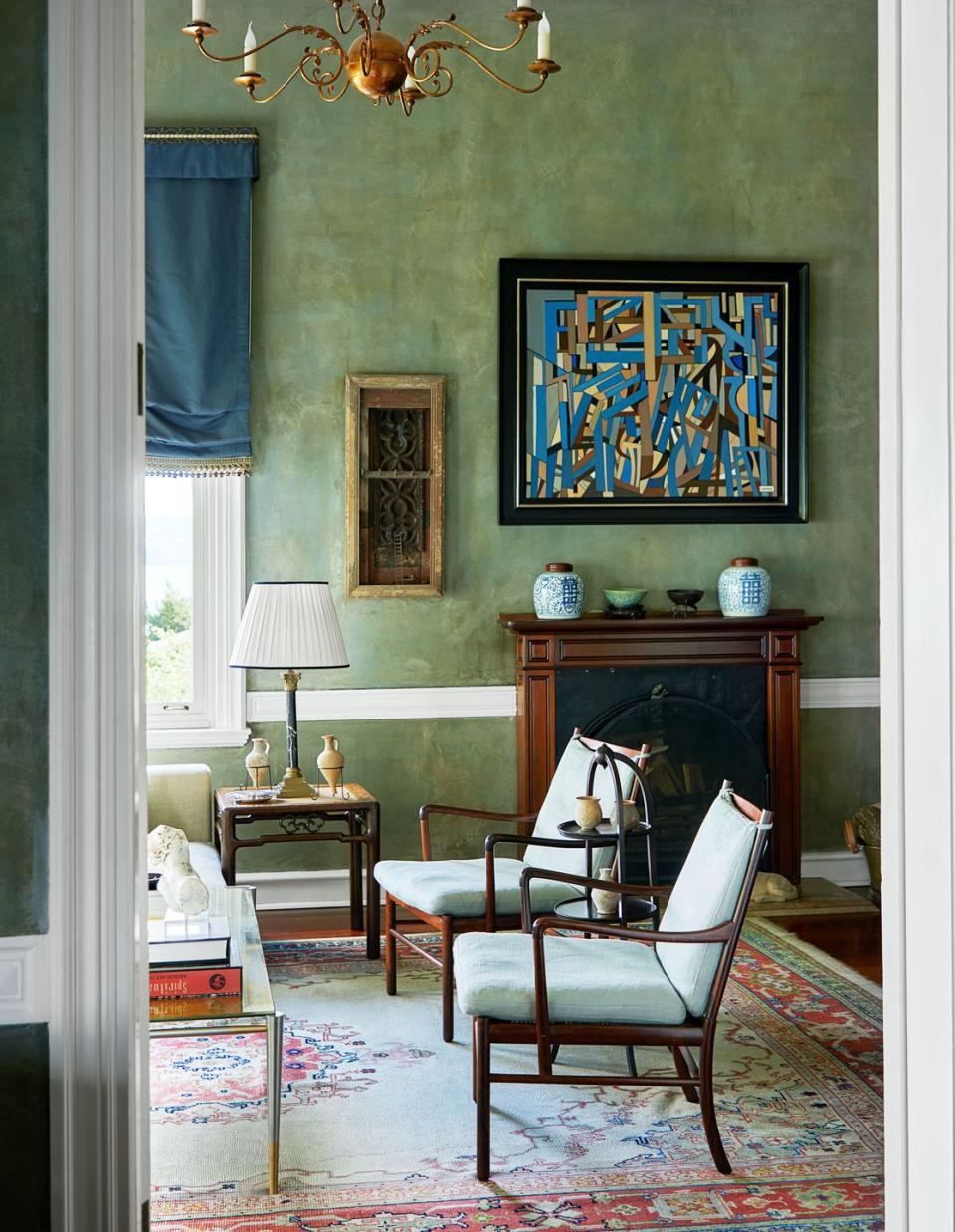
The renovation of any protected historical landmark comes with its own set of complications, but this one had potential. “When I came, I had to catch my breath at the beautiful view I saw from this very run-down house and garden,” Caroline says. “We had to restore it very delicately and carefully without pulling anything down.”
They added a new kitchen—it looks out on the water too—and the pool, and decorated the interior with a mix of family heirlooms, portraits of the sultans who once ruled the empire, many carpets, and some modern art, including a Marc Quinn photo of Caroline’s iris and a couple of Egon Schiele drawings by her bed.
Like the house, both of her businesses are a personal homage to Turkish heritage. The Turkish are renowned for their fabrics, but, as she saw it, they didn’t have a luxury linen line of their own. Enter Haremlique, which was named after the private chambers of the palace where the sultan’s family lived in the lap of luxury.
“The head of the harem was the sultan’s mother,” Caroline tells me. “She provided everything that was necessary to create an environment of education, style, culture, and savoir vivre.”
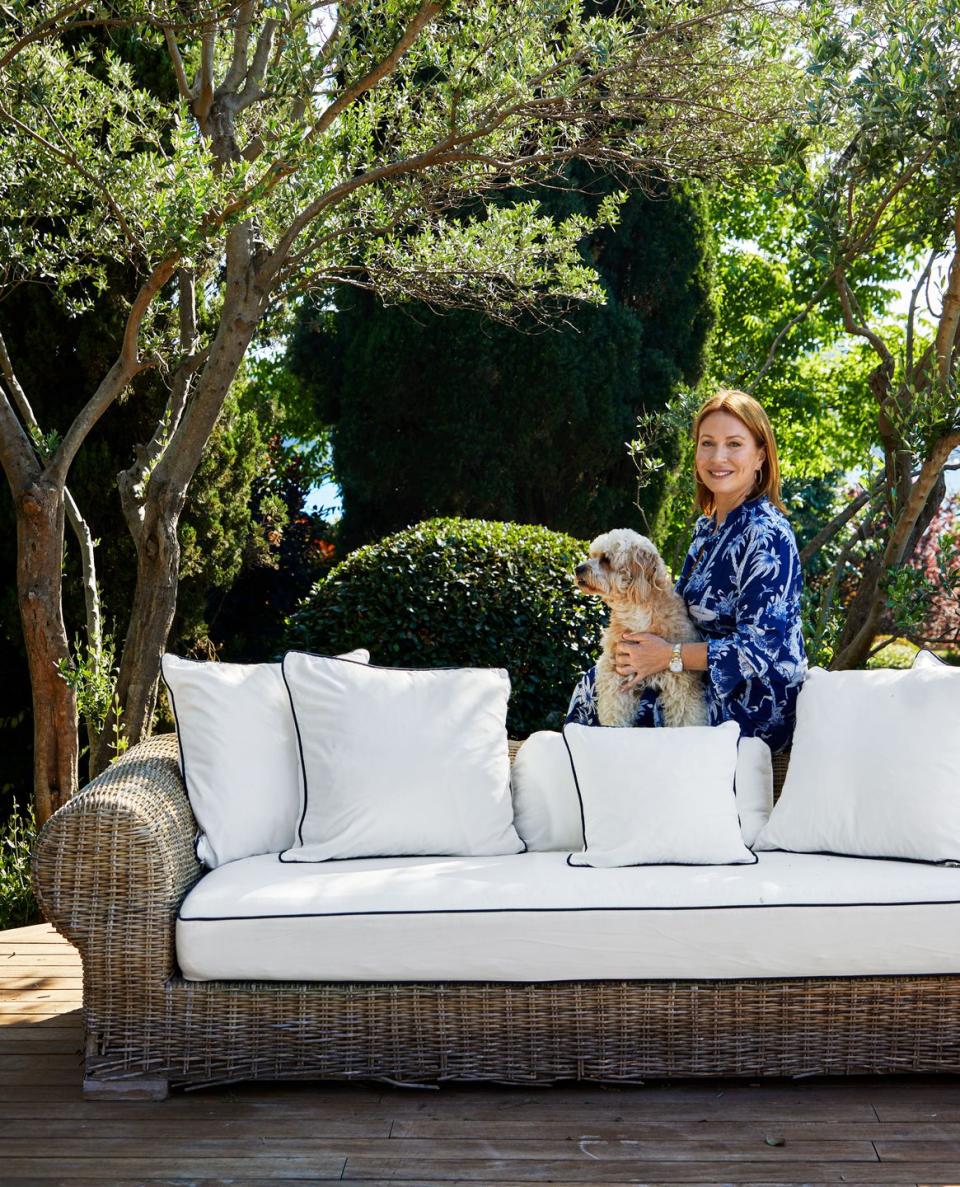
Ever the accommodating hostess, Caroline has her line offer a little bit of everything: bedding, bath products, tableware, luggage, even beachwear caftans. The label has several stores in the region, but she’s starting to expand into America, where she recently opened a store at the stately Bal Harbour Shops alongside lifestyle titans more recognizable to South Florida’s hopscotching international elite. (Her products are also found at her own boutique inside the Four Seasons Hotel at the Surf Club in Miami.) The growth of her business has coincided with a surge in American travel to Turkey in the first half of 2022, especially to Istanbul and, curiously enough, Izmir. And she capitalized on the lockdown e-commerce boom by building out the brand’s website.
“Our online sales have increased fivefold since the start of the pandemic,” she says.
Selamlique was a natural brand extension. After all, when you wake up in Caroline’s sheets, Caroline’s caffeine ought to follow. It is also a nod to the country’s history (the name is derived from the word selamlik, a sort of sitting room in Ottoman homes used to receive and entertain friends), but its aim is broader, to grow from its six cafés in Turkey into something like the Sultan’s Starbucks.
The journalist Ali Tufan Koç, the former editor in chief of GQ Turkey (who is not related to this Koç family), has been tracking the evolution of both businesses. One exalts the socializing aspect of Turkish delights, the other is Caroline’s “attempt to redefine this deep history and the culture of textiles that existed since the Ottoman era” but fell out of favor as national habits changed. Both, he notes, “are carefully calculated for the global market.” (Selamlique products are available in New York at the Met Store as part of the Heirloom Project for the Islamic Wing’s 10th anniversary.)
At Caroline’s house, the wine and cigarettes add up, and the night is drawing to a close. Bruno, her daughter’s goldendoodle, barks near the garden’s edge, chasing lizards or, possibly, feral cats.
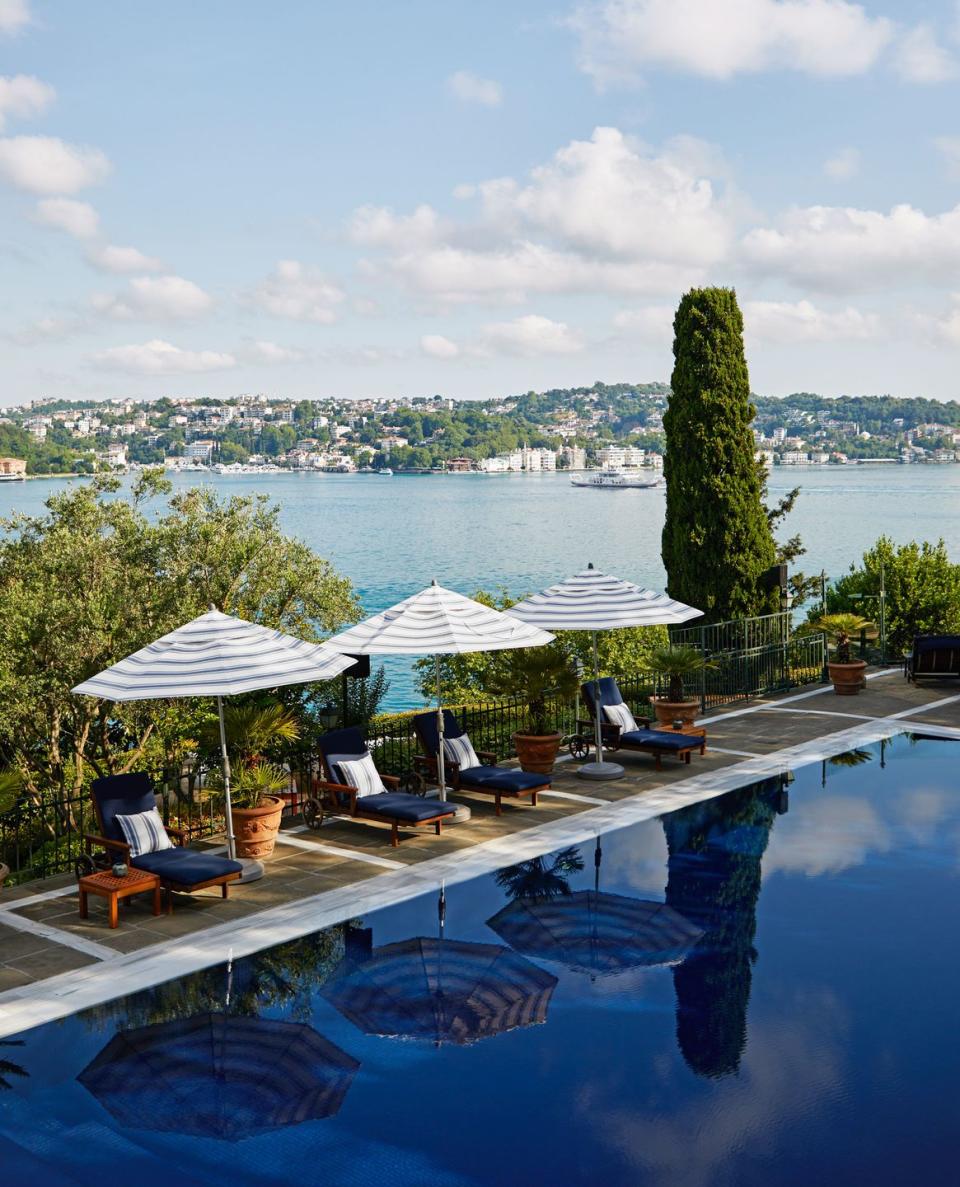
“What do you think of Dr. Oz?” Caroline asks me in her aristocratic Turco-Euro drawl, referring to the Turkish-American television personality then running for senate in Pennsylvania (unsuccessfully it would turn out). She had been watching the race with interest. “He did my late husband’s bypass. He was a very good doctor at the time, and then he met Oprah and became a celebrity. Maybe going back to medicine is difficult. I follow him on Instagram and, knowing him personally, all these poses with the weapons…” She pauses. “It’s very surprising.”
Today’s politics and the bloody reality of international conflict are clearly on her mind; it wasn’t that long ago that the Russians and Ukrainians met at Erdoğan’s palace for an unsuccessful peace summit. Despite it all, Caroline remains an idealist with a long view of things. “You should believe in something,” she says.
We’re sitting on her pool deck, and the Bosporus, congested with megayachts and cargo ships during the day, is now quiet. She asks me if I’ve read Sapiens: A Brief History of Humankind. The work of the Israeli philosopher Yuval Harari has resonated with her, which is perhaps understandable for someone living in a city that straddles two continents and stretches back two millennia.
“Boundaries are unimportant,” she says. “We need to realize we are citizens of the world.”
In the lead image, George Smith sofas, Jindrich Halabala chairs and antique Iznik plates, with paintings by Taner Ceylan (left) and Marc Quinn (right), frame a garden overlooking the Bosporus Strait.
This story appears in the December 2022/January 2023 issue of Town & Country. SUBSCRIBE NOW
You Might Also Like

